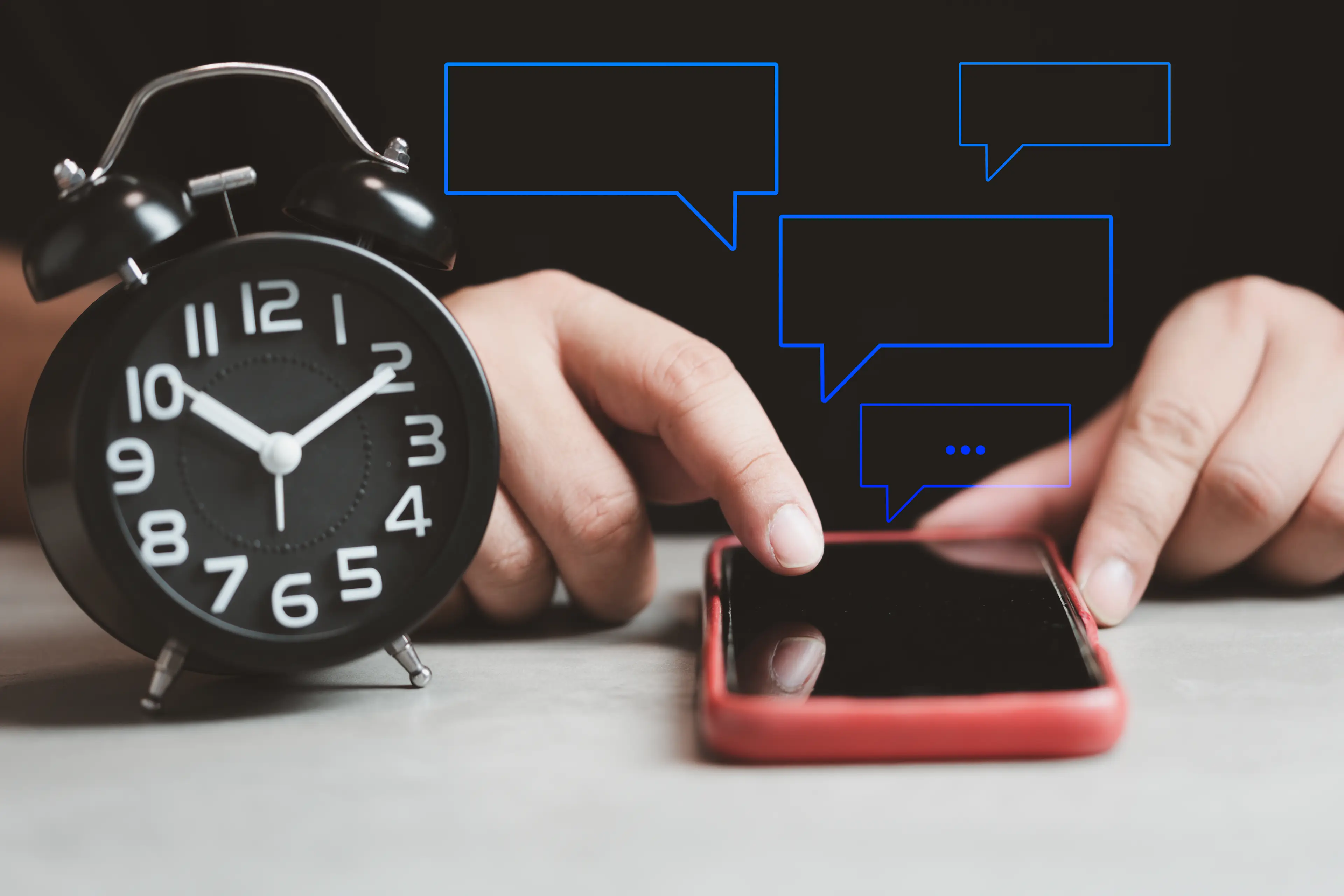Unify your marketing and advertising teams. Save costs by up to 50% and boost marketing ROI.
Streamline organic and paid campaign orchestration across 30+ channels with a unified AI-powered platform. Unlock higher productivity, faster go-to-market and better brand governance.

Retailers Can Use Social Engagement to Drive In-Store Sales – Here’s How
The romance of in-store shopping isn’t gone just yet.
According to Forbes Insights, customers conduct research online, but they prefer to make their purchases in a physical shop. This allows them to see and try the actual products, talk to representatives face-to-face, and pick up their items immediately.
Still, customers don’t ditch their digital resources once they get in the retail store. Data management platform SessionM found that 90% of buyers use their smartphones while shopping at brick-and-mortar locations. This helps them look up product information and read reviews while they’re deciding on an item.
As a result, brands have an opportunity to make in-store shopping more enjoyable and convenient by using customer social media engagement before, during, and after they purchase.
Here’s how three leading retailers use social media engagement.
1. Sephora Helps Customers Book Makeovers on Facebook
With over 15 million followers on Facebook, Sephora needed a way to bridge the gap between its social audience and retail locations. And the makeup brand found it by launching Sephora Assistant, a Facebook Messenger app. The app allows customers to book in-store makeovers in seconds – without having to make a call, send an email, or visit the Sephora website.
In fact, this method cuts down the average booking process by five steps. All someone has to do is enter her zip code, choose her closest store, and select an available date and time. Once she books through the app, she’ll receive a confirmation email and be all set.
As a result, the app increased Sephora’s booking rate by 11%. It also helped the brand increase sales, since it sees an average incremental spend of over $50 from people who book an in-store service.
2. Nordstrom Showcases Pinned Items in Stores
Some brands find the best-selling products from their stores, and then share them on social media. Nordstrom, however, flipped the script. The retailer found its most-shared products on social media, and then created special sections in its stores to showcase them.
Starting in 2013, Nordstrom shoppers were greeted by a table of “Top Pinned Items,” complete with little Pinterest logos attached. This helped buyers see recommendations from fellow consumers without having to pull out their phone.
Nordstrom made its selections by checking which items from Nordstrom.com received the most Pins each week. They then added these Pins to their Top Pins: Nordstrom.com board on Pinterest and used an in-store app to update salespeople on the trending items. This way, customers could stay up to date online and in the store.
After testing the idea in 13 retail locations, Nordstrom quickly expanded its strategy to all 117 stores. As Nordstrom social media manager Bryan Galipeau said, “It’s one thing to say: ‘Hey, this is really popular on Pinterest.’ But, it is another thing, to take it to the next step and say: ‘Not only is this the most popular on Pinterest, but this is the most relevant selection that we have for you in this store at this time.”
3. Sears Drives Foot Traffic with Local Awareness Ads
Facebook’s local awareness ads were built specifically for engagement by guiding shoppers to nearby stores. All marketers have to do is choose a radius, define an audience, and select a call-to-action button. For instance, you can pick “Get Directions” to help customers find your store without leaving the Facebook app. You can even include a map card with a pin for your location.
Just look at Sears Hometown & Outlet Stores. The retailer used local awareness ads to promote grand opening events at its new stores. This strategy reduced Sears’ cost per impression and increased its reach across store-specific initiatives.
As Facebook’s director of monetization product marketing, Maz Sharafi, said, “Online to offline attribution is a fundamental challenge retailers have had since the beginning of online advertising. We can close the loop for businesses at scale.”
Bringing Social Media Engagement to Retail Locations
Your customer interactions don’t have to end on social media – or even online. You can use innovative strategies to guide buyers to your retail stores.
Whether you’re inviting people to book a consultation, find a trending product, or locate their nearest shop, there are social tools that can help you make it happen. After all, your customers are already researching items and getting recommendations from friends online. Now it’s up to you to close the gap and help them finish the sale.

